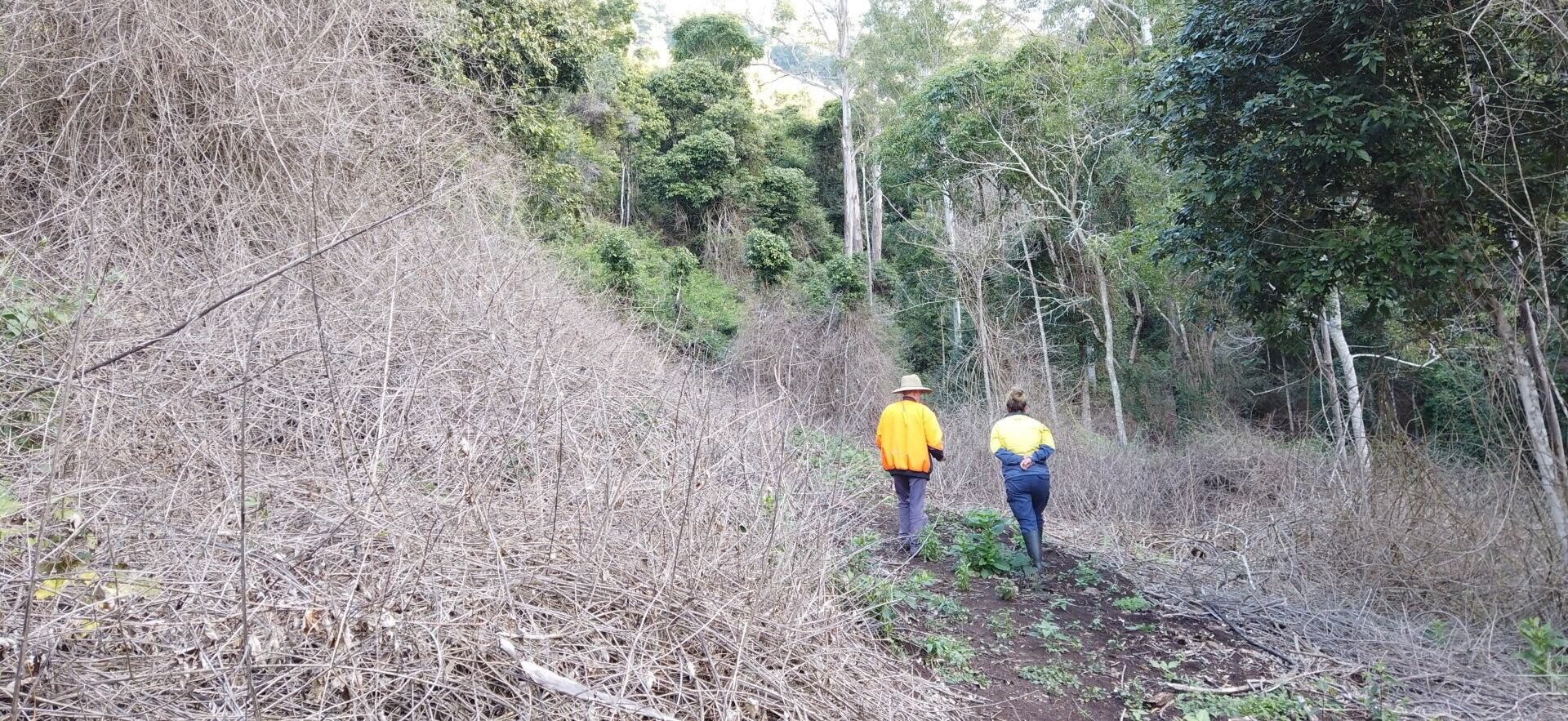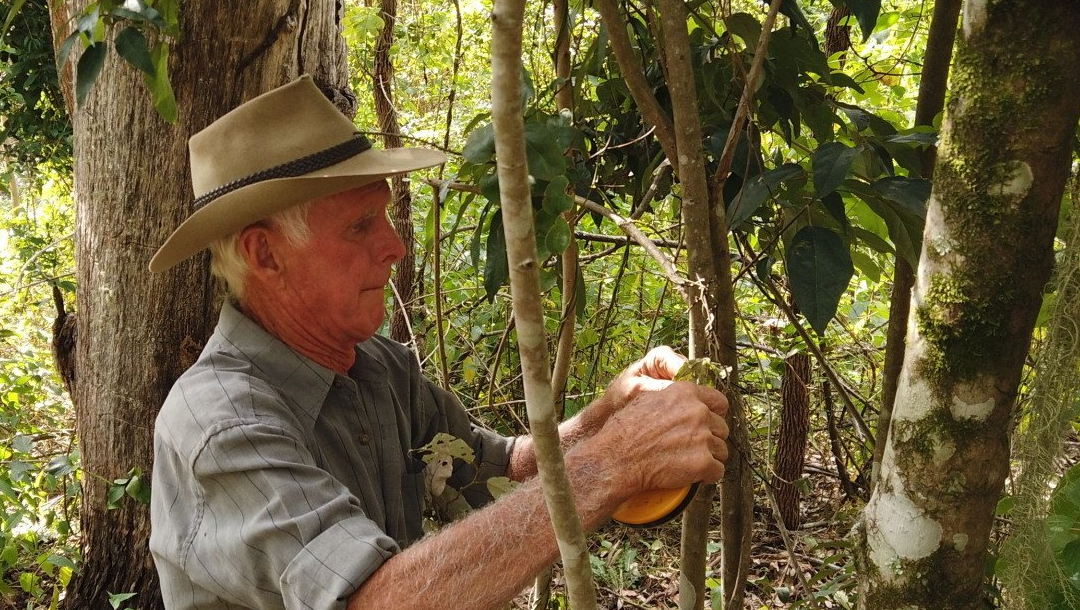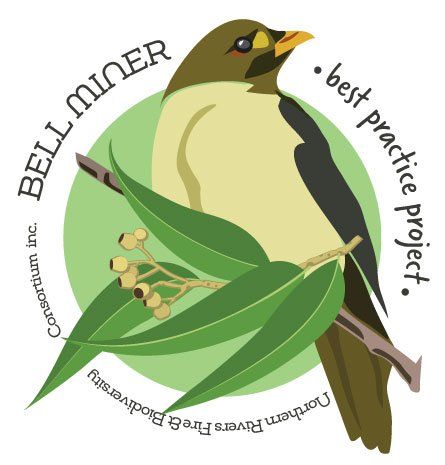The BPM Project
Finding the most practical way to manage BMAD
The BMAD Best Practice Management Project (BPMP) aims to develop evidence-based, practical and achievable best practice advice for the management of BMAD, specifically for landholders. The project focusses on commonly used land management techniques and resources that are available to most people.
Although there has been a considerable body of research investigating BMAD since the early 90's, there are some key knowledge gaps and a serious lack of long-term monitoring. By establishing long-term BMAD management monitoring sites this project wants to help fill these knowledge gaps and develop a stronger understanding of what forms best practice management for control, prevention and restoration of BMAD affected forest.
The project is funded through two programs; the Australian government’s Regional Land Partnership and the New South Wales state governments’ Saving Our Species Program.
Our data is open to any researcher with an interest in BMAD.

Trial Sites
At each of our trial sites, we are using a combination of industry-standard weed control and bush regeneration techniques to disrupt bell miner activity and promote forest recovery processes. In examining the response, the project aims to describe and quantify the type and amount of work which is most effective for managing BMAD under a range of conditions, develop a clearer picture of what constitutes best practice management and ensuring advice provided to landholders is proven and and practical.
View our trial site gallery
The territorially aggressive Australian native bell miner bird prefers dense mid-storey vegetation (between 2 and 6m above ground) for nesting. The understanding is that by removing this structure, the bell miner colony will lose its stronghold on an area enabling other insectivorous bird species to return and reduce psyllid populations. This intervention should halt the cycle of psyllid related defoliation, tree death and forest decline that we have come to accept as being the key contributing factors of BMAD. On the far north coast of NSW, this density is created primarily from the invasive weed, Lantana (Lantana Camara). Under a managed bush regeneration program, the removal of lantana not only disrupts the bell miners nesting, it also paves way to natural recruitment of seedlings or supplementary planting to promote the recovery of proper forest structure and canopy cover in BMAD damaged or susceptible forests. Doing so will prevent the dense mid-storey layer from reforming and bell miners from returning.
Learn more about bell birds
For a complex phenomenon, BMAD management interventions are relatively simple. However, the efficacy of weed control, prescribed fire (for open grassy eucalypt areas) and assisted bush regeneration (for wet sclerophyll and rainforest areas) in restoring forest health and stopping BMAD related decline depend on landholder commitment to seeing the job through. Planning and monitoring are the key to success.
Look at our planning and monitoring guides

Long-term Monitoring
As part of the BMAD Best Practice Management Project we have established several long-term monitoring locations within our trial sites to examine the efficacy of different BMAD management approaches in northern New South Wales. Monitoring of vegetation growth and bird activity will help answer some long-standing questions such as:
How much habitat disruption does it take to release a bell miner colony stronghold on an area
What is the most cost effective and successful means of removing mid storey density
What longer-term interventions are needed to restore forest structure and diversity
When is fire a useful BMAD management tool
Of course there are many, many more interesting questions around the BMAD cycle, its causes, impacts and management at a national scale which are beyond the scope of this project, however our Citizen Science project is collecting data which will help future research efforts.
Have we solved it yet?
No. But we are a lot more confident with what we know about BMAD management than we were in 2019 when the BMAD BPM project started. A final report is being prepared but while you wait you can read a
summary of our achievements
How can you help?
We're asking landholders record the location of bell miner colonies across the Northern Rivers and gather information about forest condition and management. We're interested in knowing how successful your BMAD interventions have been. If you want to participate, you can join our BMAD Citizen Science project.
Northern Rivers Fire & Biodiversity Consortium inc.
This project is supported by North Coast Local Land Services, through funding from the
Australian Government’s National Landcare Program and the NSW Department of Planning, Industry and Environment
through funding from the Saving Our Species Program.
